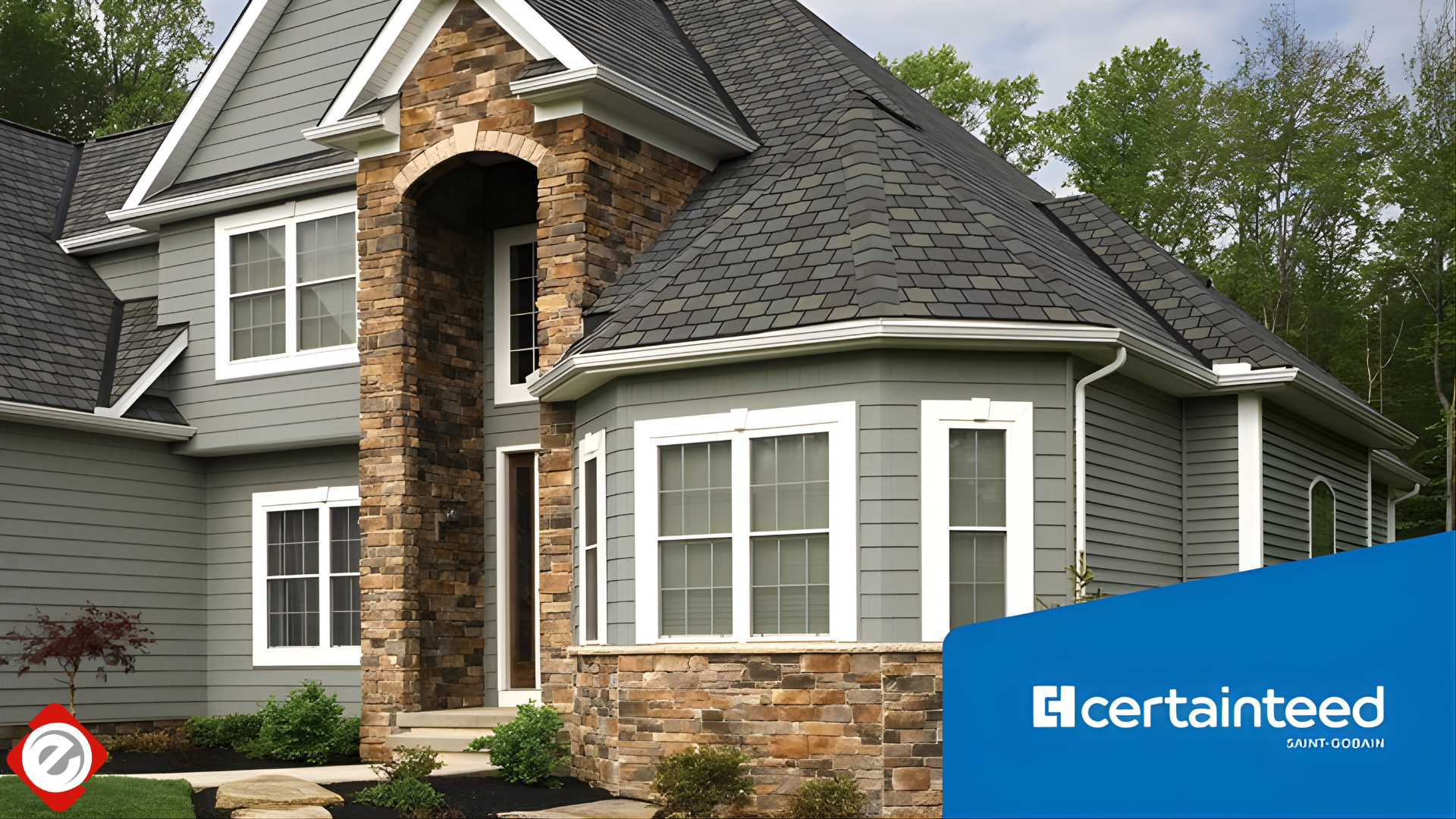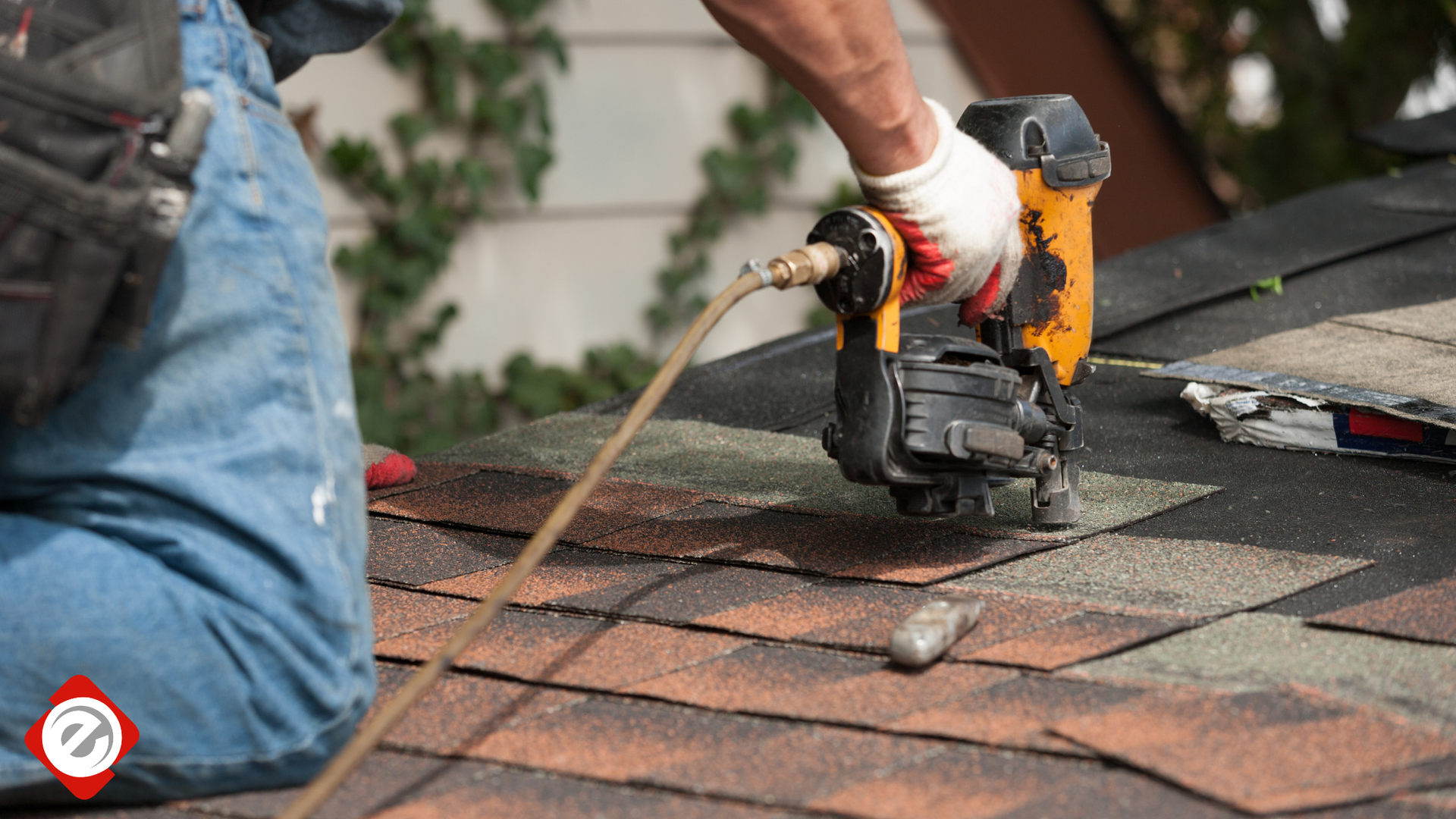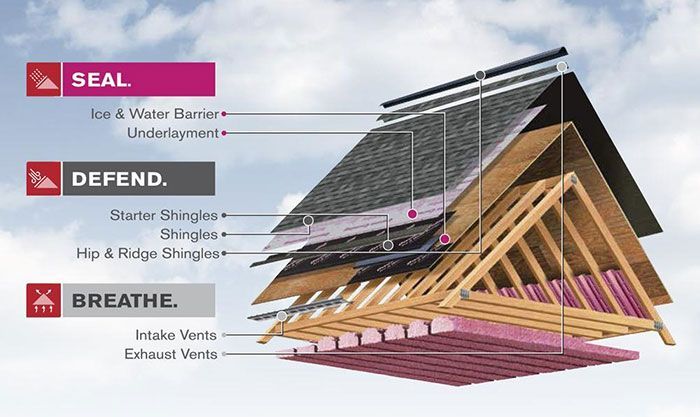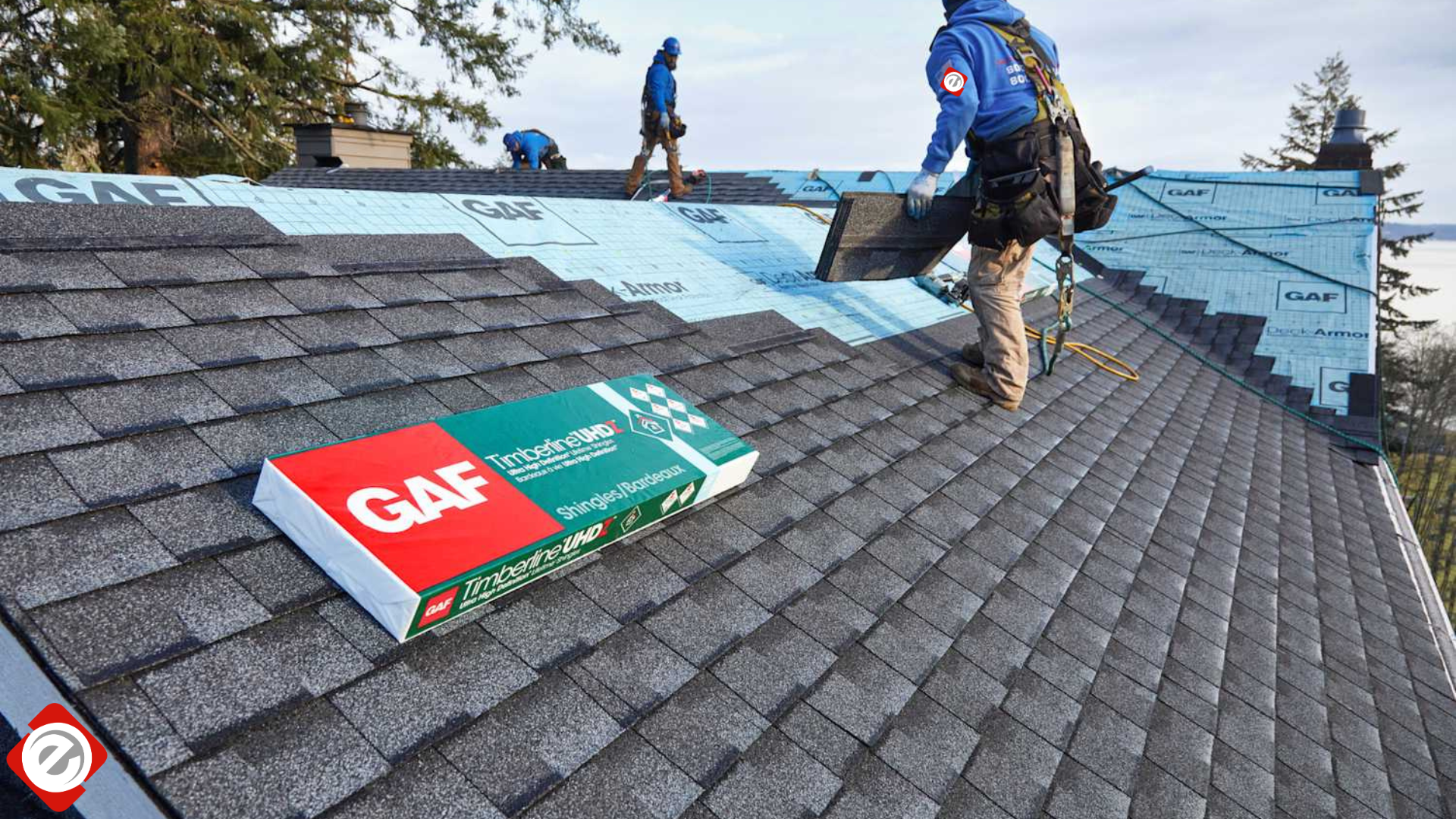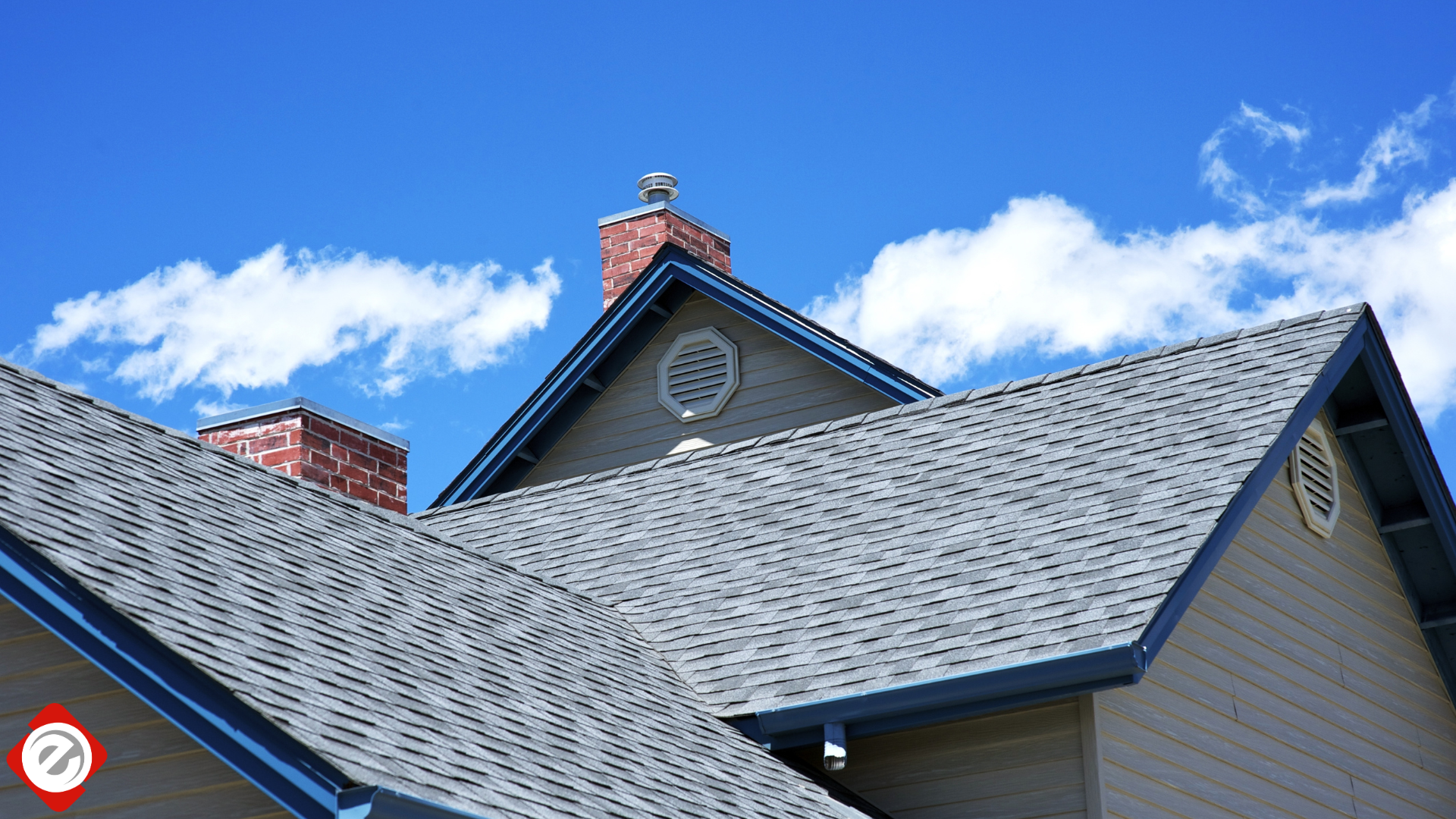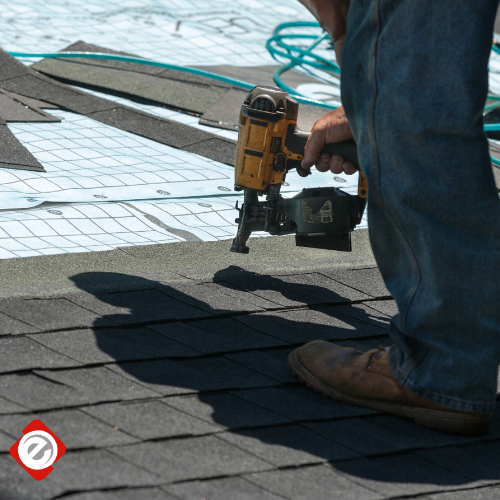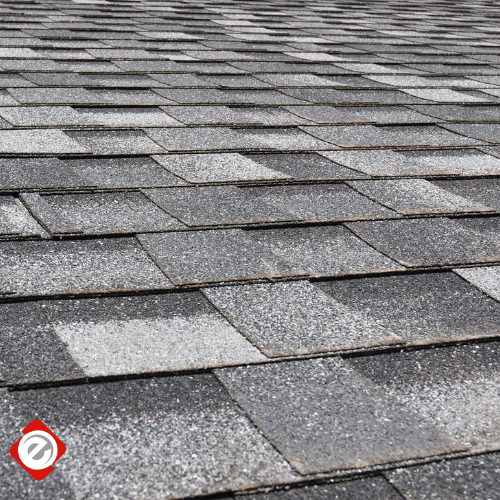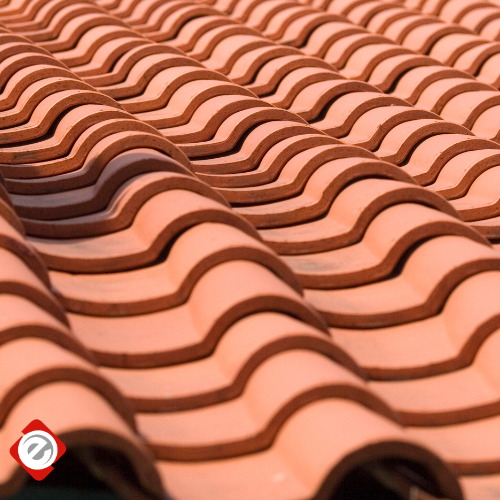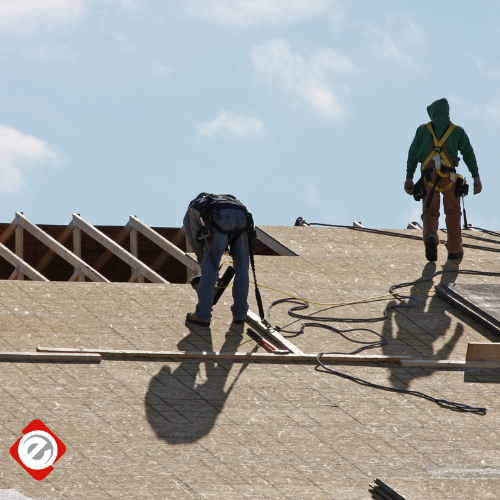econoroofing209@gmail.com
Understanding California's Title 24 "Cool Roof" Requirements
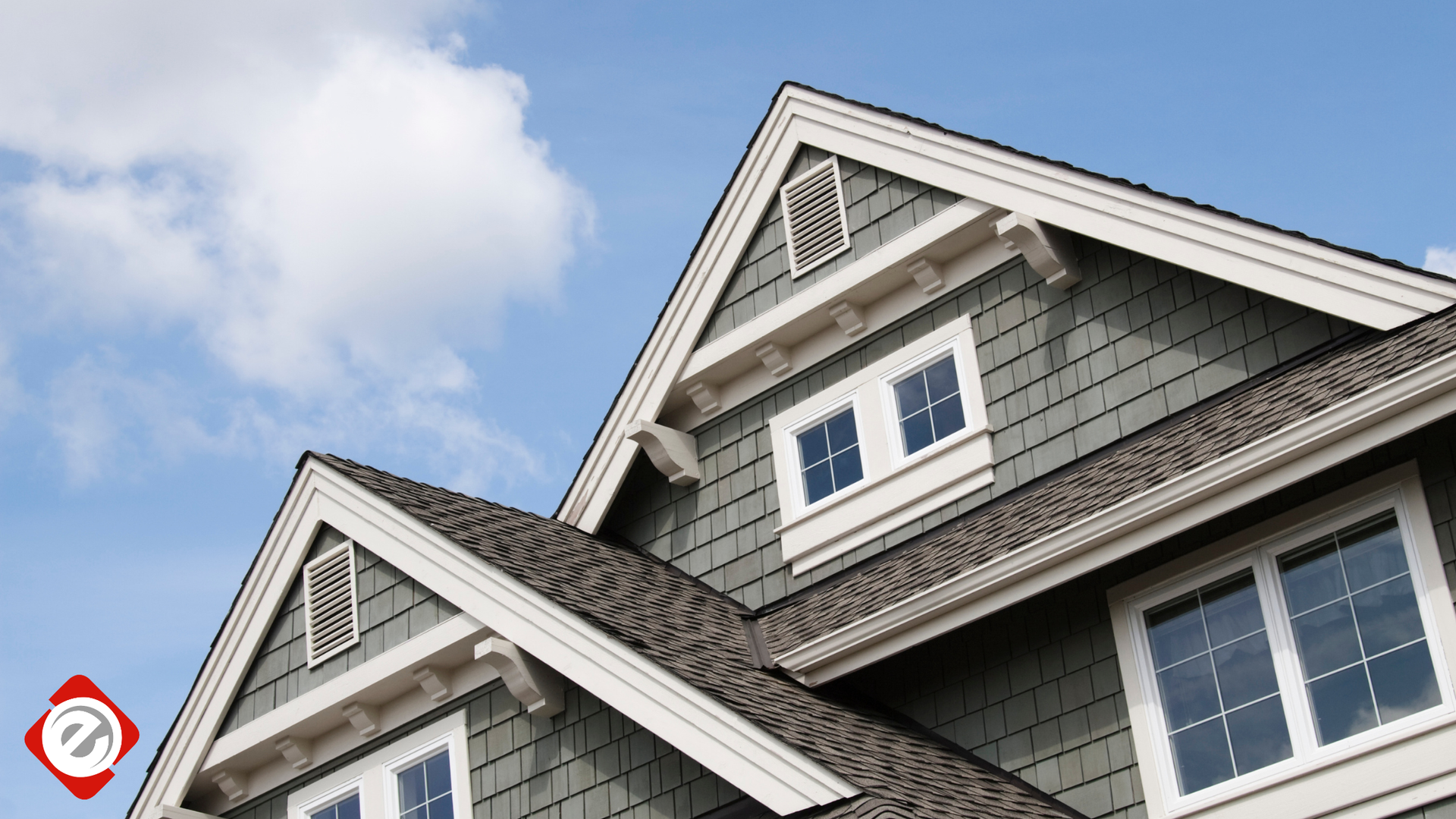
If you are planning a roof replacement in California, you will likely encounter the term "Title 24." This refers to California's Building Energy Efficiency Standards, a set of regulations designed to reduce statewide energy consumption. For homeowners in the hot Central Valley, these standards are not a burden but a significant benefit. By requiring energy-efficient "cool roofs," Title 24 helps you install a roof that is optimized for our climate, leading to lower air conditioning costs and improved indoor comfort.
This guide breaks down what Title 24 means for your roofing project in simple, clear terms.
What is a "Cool Roof"? The Science of Reflection
A cool roof is simply a roofing material designed to stay cooler in the sun. Its performance is measured by the Cool Roof Rating Council (CRRC) using two key metrics:
- Solar Reflectance (SR): This measures how much of the sun's energy is reflected away from the roof surface. A higher SR value means the roof absorbs less heat, much like a white shirt stays cooler than a black one on a sunny day.
- Thermal Emittance (TE): This measures how efficiently the roof releases any heat it has absorbed. A higher TE value means the roof cools down more quickly.
These two values are often combined into a single
Solar Reflectance Index (SRI) score, which provides an overall measure of a roof's "coolness" on a scale of 0 to 100.
Title 24 Requirements in Stanislaus & Merced County
California's energy code varies depending on your location within 16 distinct climate zones. For homeowners in our area, the rule is clear:
Stanislaus and Merced counties are located in Climate Zone 12.
The table below summarizes the key requirements for most residential reroofing projects in our area.
| Requirement | Climate Zone 12 (Stanislaus/Merced) | Notes |
|---|---|---|
| Minimum SRI for Steep-Slope Roof | 16 | Applies to most residential roofs with a pitch greater than 2:12. |
| CRRC Label Required | Yes | Look for the official label on product packaging to ensure compliance. |
| Applies to Reroofs? | Yes, if >50% of roof is replaced | The rule is triggered when replacing 50% of the roof area or 1,000 sq. ft., whichever is less. |
Are There Exceptions to the Cool Roof Rule?
Yes, Title 24 provides alternative ways to comply with the energy code without installing a cool roof. These are often called "trade-off" options. A cool roof is not required if your home meets one of the following conditions:
- You have at least R-38 ceiling insulation.
- You install a radiant barrier in the attic.
- Your home has no ducts in the attic.
- You add insulation with a thermal resistance of at least R-2 to the roof deck.
A professional roofing contractor can assess your home's existing insulation and ventilation to determine the most cost-effective path to compliance.
The Benefits Beyond Compliance
Choosing a cool roof is a decision that pays dividends long after the installation is complete. The advantages for a Central Valley homeowner are clear:
- Lower Energy Bills: By reflecting more sunlight and reducing heat absorption, a cool roof keeps your attic and home cooler, which can significantly reduce the load on your air conditioning system during our hot summer months.
- Improved Indoor Comfort: A cooler home is a more comfortable home, with more consistent indoor temperatures throughout the day.
- Longer Roof Lifespan: Extreme heat is a primary cause of shingle deterioration. By reducing the roof's surface temperature, a cool roof can help slow this aging process and potentially extend the life of the materials.
Frequently Asked Questions
Do all homes in Stanislaus and Merced County need a cool roof?
For most residential roof replacements covering over 50% of the roof, yes. However, there are exceptions. You may not need a cool roof if you choose an alternative compliance method, such as adding a radiant barrier or having sufficient attic insulation (like R-38). A professional contractor can determine the best path for your home.
How do I know if a shingle is Title 24 compliant?
Look for the official Cool Roof Rating Council (CRRC) label on the product packaging. All compliant roofing products must be tested and labeled by the CRRC, and the label will show its Solar Reflectance Index (SRI) value.
Can I choose any color for a cool roof?
Yes. In the past, cool roofs were mostly white, but modern technology allows for a wide range of colors. Manufacturers like Owens Corning offer entire "COOL Roof Collections" with many popular colors that are fully compliant with Title 24's SRI requirements.
What is the Solar Reflectance Index (SRI)?
SRI is a value from 0 to 100 that measures a roof's ability to reject solar heat. It combines two factors: solar reflectance (how much sun is reflected) and thermal emittance (how well it radiates absorbed heat). A higher SRI value means the roof surface will stay cooler in the sun.
When does the cool roof requirement apply to my project?
The requirement is triggered for new construction and for alterations (reroofs) where you are replacing 50% or more of your existing roof surface.
Are there benefits to a cool roof besides just meeting the code?
Absolutely. A cool roof can significantly lower your summer energy bills by reducing the heat absorbed into your attic, which means your air conditioner doesn't have to work as hard. This can also extend the life of your shingles by reducing damage from extreme heat.
What if my home is historic or has a unique roof slope?
Title 24 has specific provisions and potential exceptions for certain building types and roof slopes. It's best to consult with a knowledgeable, local roofing contractor who understands the nuances of the code and can ensure your project is compliant while respecting your home's character.
Your Next Step: A Compliant, Cost-Effective Choice
Meeting California's Title 24 standards in the Central Valley is a clear win-win. It ensures your home is compliant with state law while directly addressing the high summer heat that drives up energy bills. For a complete overview of the entire replacement process, see our
Homeowner's Guide to Roof Replacement in Stanislaus & Merced Counties.
Let us handle the complexities of Title 24 for you.
Contact Econo Roofing for a consultation on our full range of CRRC-rated cool roof shingles that will keep your home comfortable, compliant, and energy-efficient for years to come.





